Regulatory Support for Nanomedicine
Regulatory bodies are increasingly recognizing the potential of nanomedicine, providing a supportive framework for the Nano Therapy Market. Initiatives aimed at streamlining the approval process for nano-based therapies are emerging, which could facilitate faster market entry for innovative products. This regulatory support is crucial, as it encourages investment and research in nanotechnology applications. Furthermore, the establishment of safety guidelines and standards for nanomaterials enhances consumer confidence, thereby promoting market growth. As regulatory landscapes evolve, the Nano Therapy Market is likely to benefit from a more favorable environment for the development and commercialization of novel therapies.
Rising Demand for Targeted Therapies
The Nano Therapy Market experiences a notable increase in demand for targeted therapies, which aim to deliver drugs directly to affected cells while minimizing side effects. This shift towards precision medicine is driven by the growing awareness of the limitations of traditional therapies. As a result, the market for nano-based drug delivery systems is projected to reach approximately 100 billion USD by 2026. The ability of nanotechnology to enhance the efficacy of treatments, particularly in oncology, is a key factor propelling this trend. Furthermore, the integration of nanotechnology in therapeutic applications is expected to improve patient outcomes, thereby fostering a more favorable environment for the Nano Therapy Market.
Growing Prevalence of Chronic Diseases
The rising prevalence of chronic diseases, such as cancer, diabetes, and cardiovascular disorders, is a significant driver for the Nano Therapy Market. As these conditions become more widespread, there is an urgent need for innovative treatment solutions that can effectively target and manage these diseases. The market for nano-based therapies is expected to expand as healthcare providers seek more effective and less invasive treatment options. Reports indicate that the global burden of chronic diseases is projected to increase, necessitating advancements in therapeutic strategies. This growing demand for effective treatments positions the Nano Therapy Market for substantial growth in the coming years.
Technological Innovations in Nanotechnology
Technological advancements in nanotechnology are significantly influencing the Nano Therapy Market. Innovations such as the development of nanoparticles for drug delivery and imaging applications are enhancing the capabilities of therapeutic interventions. For instance, the introduction of liposomal formulations and dendrimers has shown promise in improving drug solubility and bioavailability. The market is anticipated to grow at a compound annual growth rate of around 12% over the next five years, driven by these innovations. As researchers continue to explore new materials and methods, the potential for novel therapies expands, indicating a robust future for the Nano Therapy Market.
Increased Investment in Research and Development
Investment in research and development within the Nano Therapy Market is on the rise, as stakeholders recognize the potential of nanotechnology in revolutionizing treatment modalities. Pharmaceutical companies and research institutions are allocating substantial resources to explore the therapeutic applications of nanomaterials. This trend is reflected in the increasing number of clinical trials focusing on nano-based therapies, which have surged by over 30% in recent years. The commitment to advancing nanotechnology not only enhances the therapeutic landscape but also attracts funding from various sectors, thereby solidifying the growth trajectory of the Nano Therapy Market.
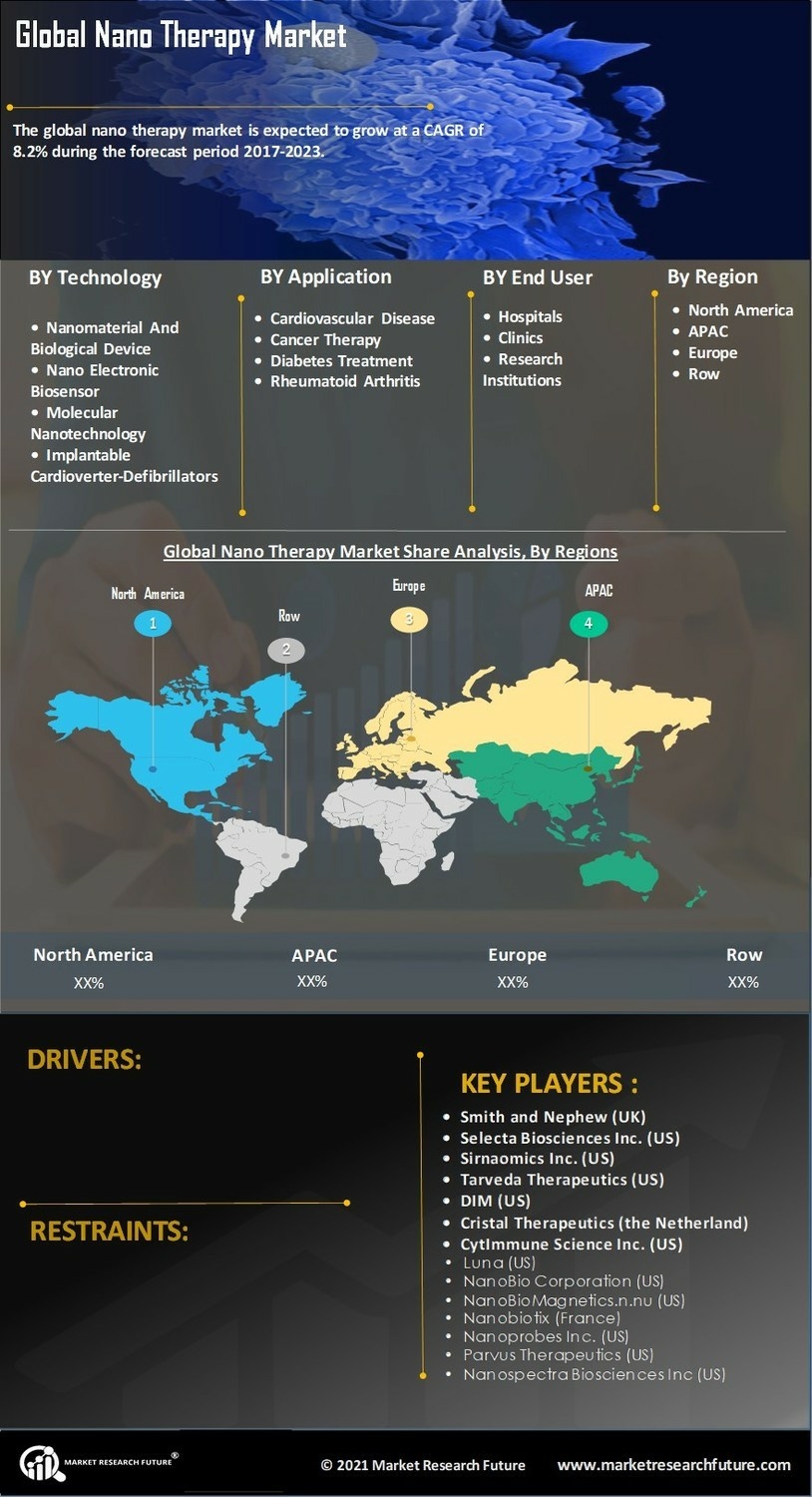

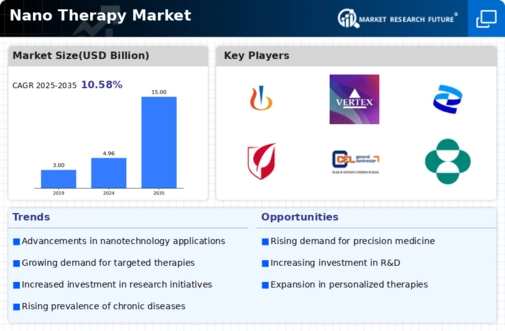

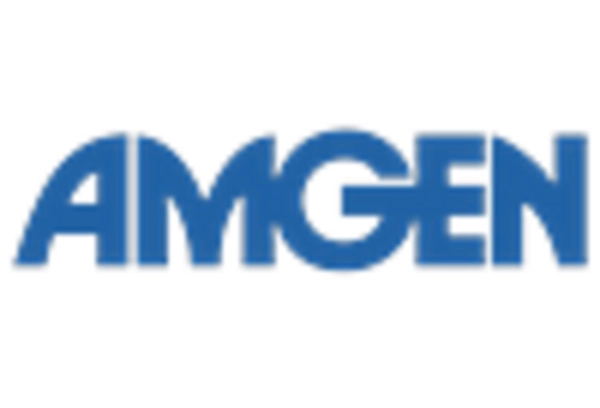

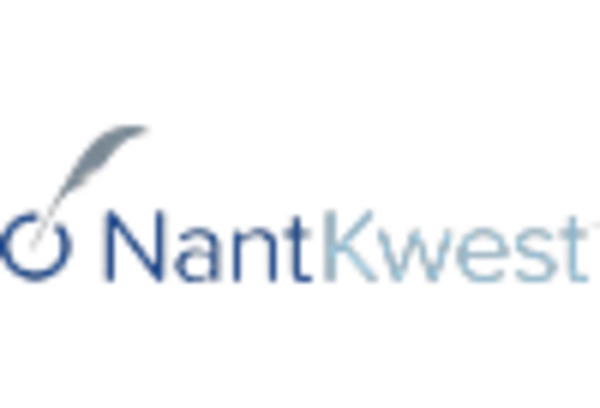

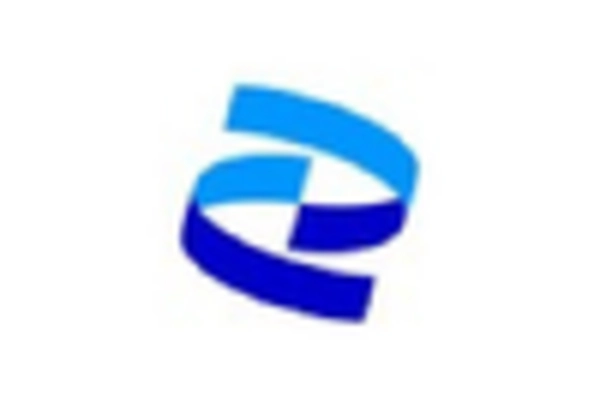
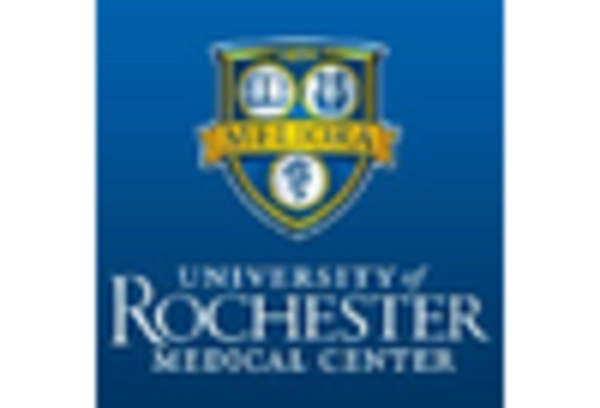








Leave a Comment